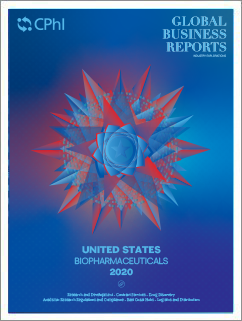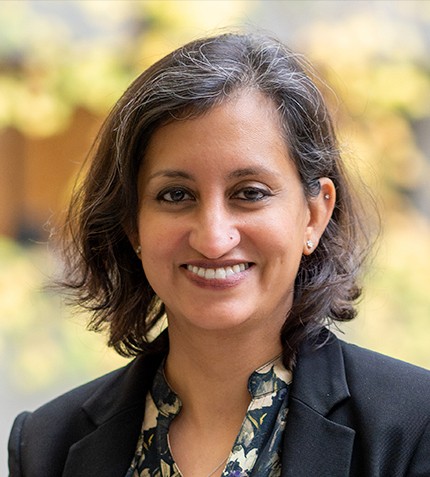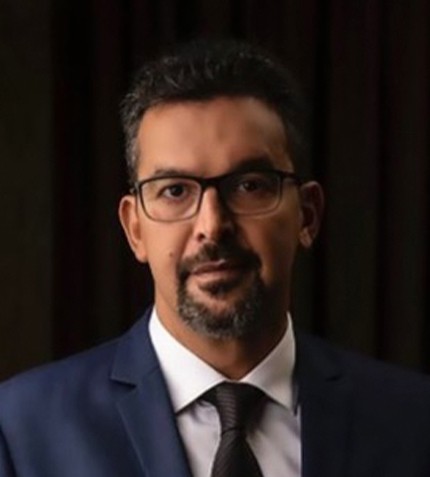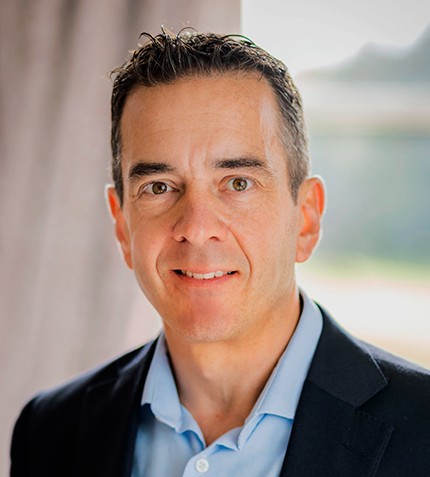
"Even though there is a shortage of biotech companies in some hot areas, capital-raising and M&A dynamics have changed. Buyers and investors are looking more closely at valuation and, in particular, how well a company has hit a series of inflection points and endpoints. As a biotech company, you can no longer just go out, hire a banker and launch a strategic process to raise money or sell the company."
RELATED PUBLICATION
ARTICLES FROM THIS PUBLICATION
Christopher S. Eklund
MANAGING DIRECTOR, J.W. CHILDS ASSOCIATES LP
Biotechnology is a tremendous growth market but how has COVID-19 and the market changed that?
Biotechnology is a US$550 billion global market, expected to be US$727 billion by 2025. Biotech has held up reasonably well in the downdraft and may be one area that is poised to benefit. Longer term, we are hopefully still in the early stages of this growth cycle and witnessing one of the great growth markets. Right now, across the industry, a huge amount of effort is going into developing vaccines, immunoglobulins and anti-inflammatories that target both COVID-19 and/or its key symptoms. But work also continues on therapeutics across all indications. Much of what was true before the Coronavirus outbreak is still true today. The market value of investment capital has declined and that will affect new capital investment. Clinical trials will take longer to enroll and some of them have been suspended.
Can you give us an example of an investment that has worked well for you?
The best example of this is Biohaven Pharmaceuticals, which we invested in over seven years ago. Biohaven’s lead product, Nurtec, is a best-in-class therapy for acute migraine with a clean safety profile. It was approved by the FDA on Feb 27. Recently, a Phase 3 trial also showed Nurtec’s efficacy as a preventative agent for migraine, making it a possible alternative to the injectable CGRP monoclonal antibodies on the market. Combining both acute and preventative treatment in a single oral dose could represent a paradigm shift in the market.
What was the appeal of investing in Omax Health and Kleo Pharmaceuticals? In the case of Omax, what potential do you see in supplementation that can enhance cognitive performance?
Omax Health is a nutritional supplement company that produces one of the highest-quality omega-3 products on the market. Omega-3 polyunsaturated fatty acids are important to virtually everyone’s diet in maintaining optimal cholesterol and triglyceride levels. Since we launched that product back in 2012, we have built a portfolio of products around it, including probiotics and a line of CBD products for sleep, pain relief and joint health.
Kleo Pharmaceuticals is an oncology company that has developed an antibody recruiting molecule (ARM) that recruits a patient’s own endogenous antibodies to kill cancer cells. Our KP-1237 product, a CD38-targeting ARM, recently received IND-authorization for a trial at the Dana-Farber Cancer Institute that combines KP-1237 with a patient’s own natural killer (NK) cells to treat multiple myeloma in post-transplant patients. The KP-1237 ARM is designed to transport a patient’s activated NK cells to the CD38-expressing tumor without killing NK cells.
What do you think of the approach of bringing research scientists in-house to incubate new companies based on early scientific discovery?
That is what happened at Kleo Pharmaceuticals. We were working with Yale Professor of Chemistry and Pharmacology, David Spiegel, who developed the concept of antibody recruiting molecules (ARMs) based on his research work in the lab. That is how the project started.
Have there been any changes in the process of capital raising in biotechnology?
Yes. Even though there is a shortage of biotech companies in some hot areas, capital-raising and M&A dynamics have changed. Buyers and investors are looking more closely at valuation and, in particular, how well a company has hit a series of inflection points and endpoints. As a biotech company, you can no longer just go out, hire a banker and launch a strategic process to raise money or sell the company. Communication with potential partners begins at any early stage, involves the science and business development teams, and continues over a period of time. In the case of an IPO, meeting inflection points is important both before and after the IPO.
Over the next two years what goals would you like to achieve at J.W. Childs in terms of portfolio companies? What development do you want to see?
From a direct investment standpoint, we are looking to add perhaps three or four new portfolio companies a year out of a pool of companies we look at. We look for companies that will make a difference with a breakthrough in an area of unmet need. If we like the team and we believe we can contribute meaningfully, and the valuation is reasonable, we may invest. Often, these opportunities arise from the companies we are already invested in.











